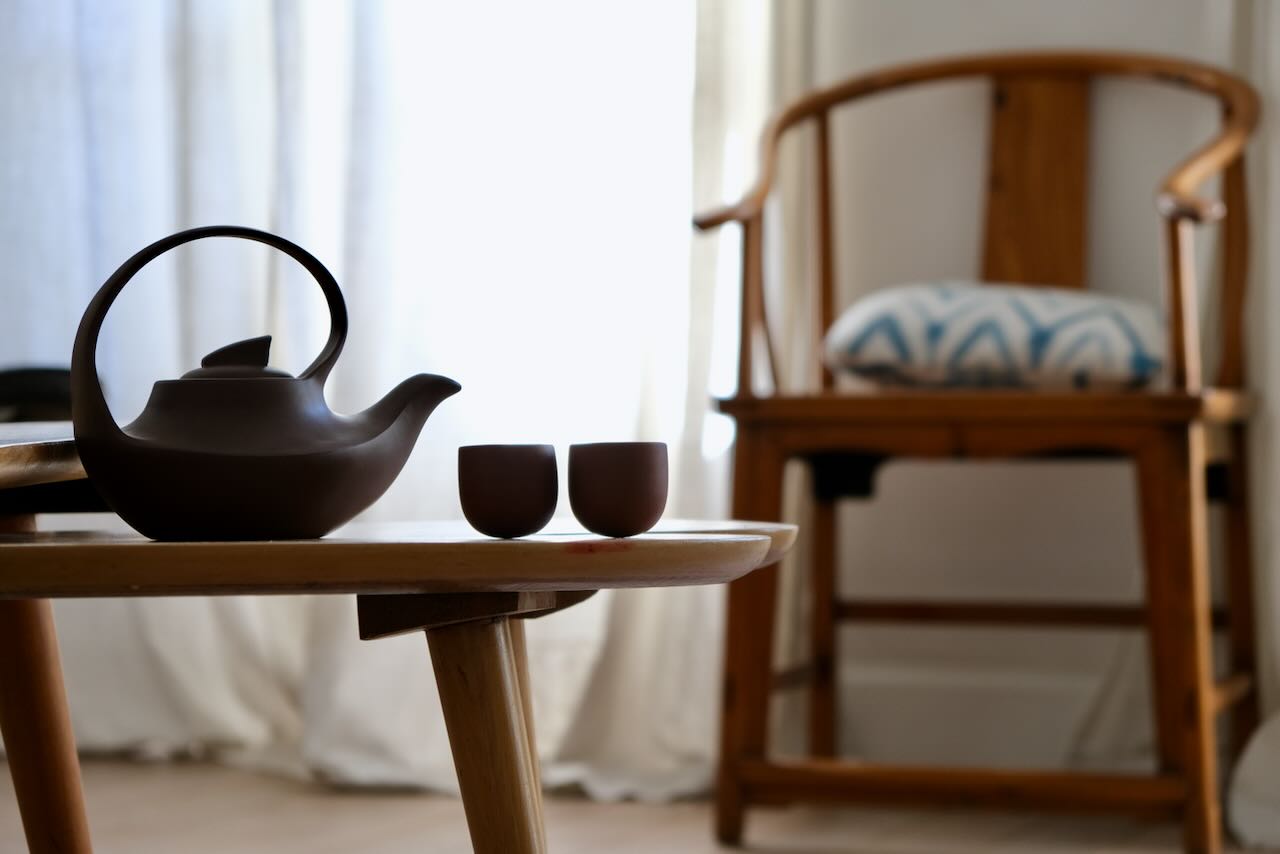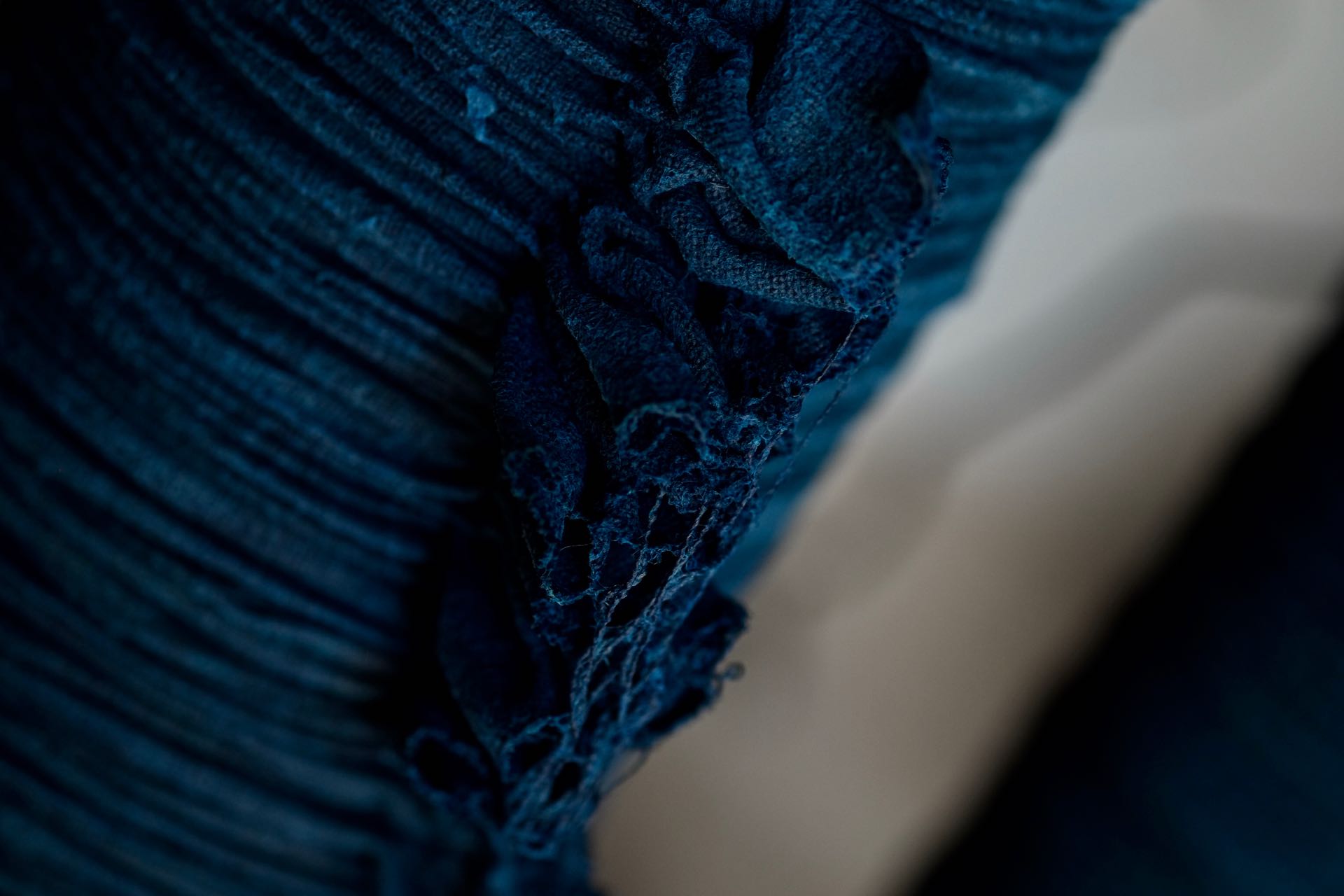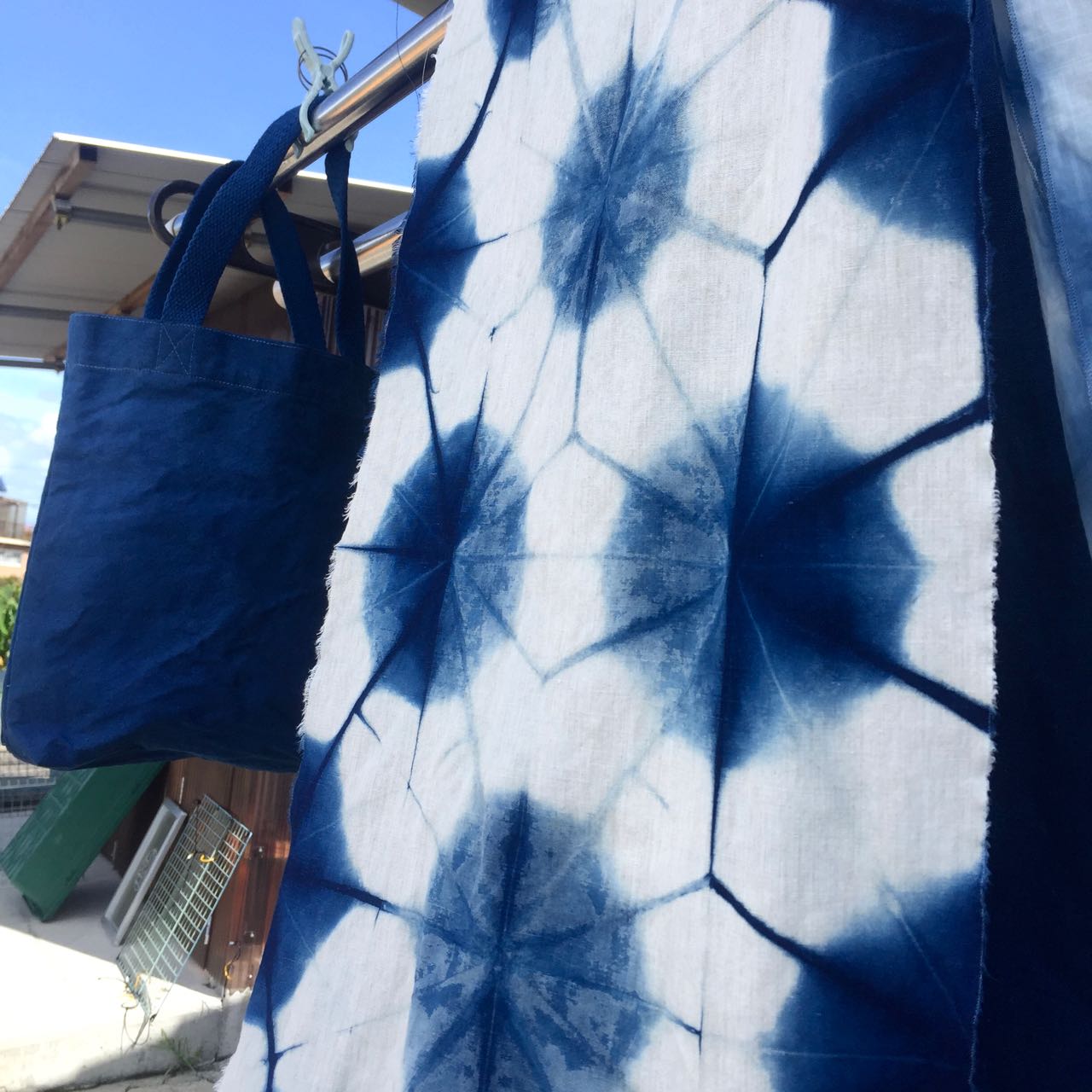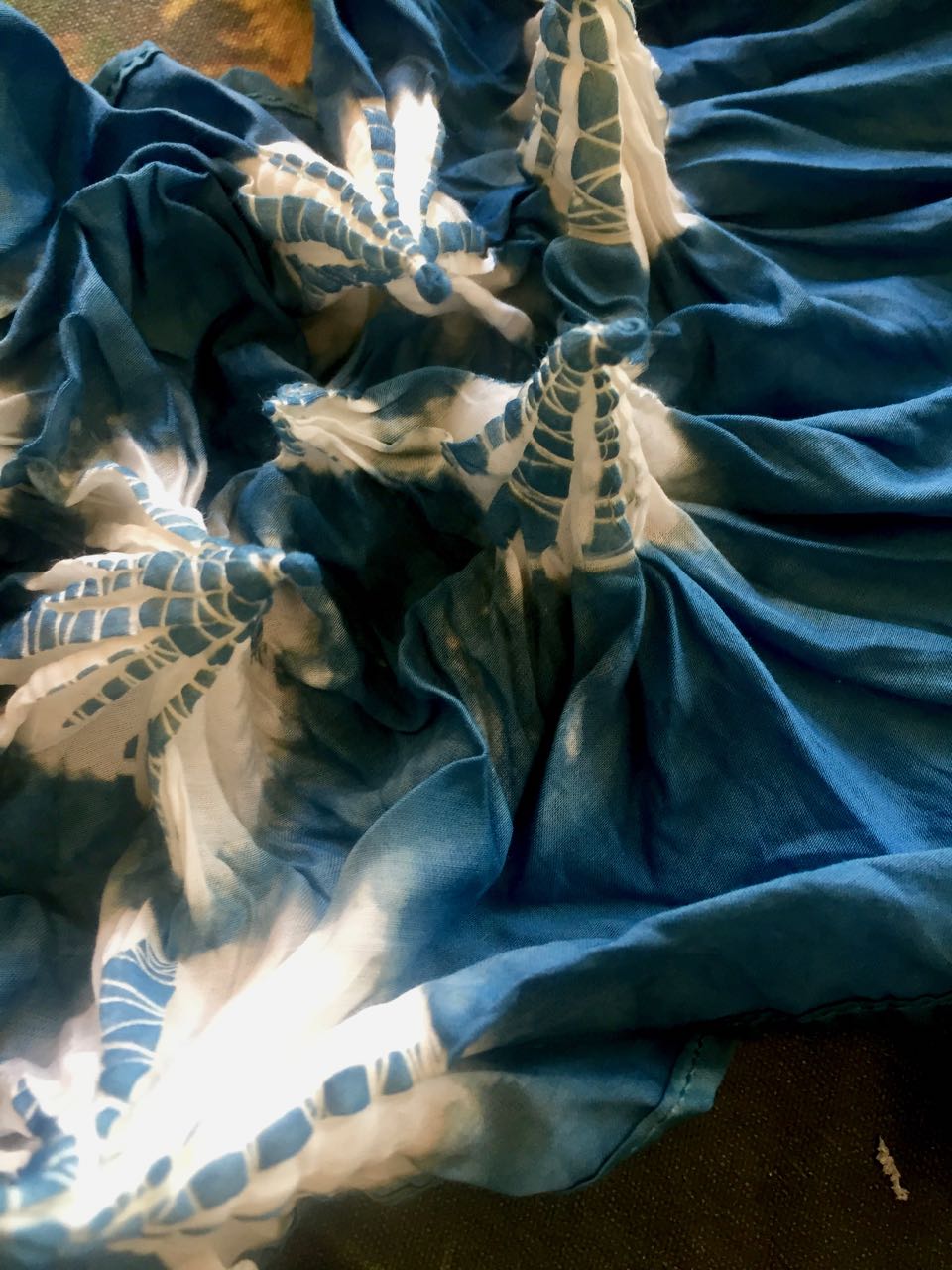After over a decade of living in Marseille, we left a piece of our hearts there when moving out. All photos are linked to their respective product or category
arashi shibori
Arashi shibori
The Arashi pattern is created by tying a piece of cloth very tightly around a cylinder and then crumpling down the fabric to form little creases. It is one of the numerous reserve techniques used in Japan grouped under the shibori term. The tradition was to use a very...
Buaisou: advanced indigo dying and reserve techniques course
A 10 day training organised by @leafluberon in Tokushima, Japan, at the @Buaisou-i workshop. An eagerly anticipated trip which went way ahead of my expectations. Filled with people passionate about indigo, natural dying practices, sustainability, life and slow...
Arimatsu Shibori, from tradition to innovation
Was very lucky to attend a workshop with Kuno Hiroaki organised by Couleur Garance. His enthusiasm about traditional indigo shibori and the way he envisions it's transposition into a XXIe century sustainable and modern production is very inspiring. We trained in...




